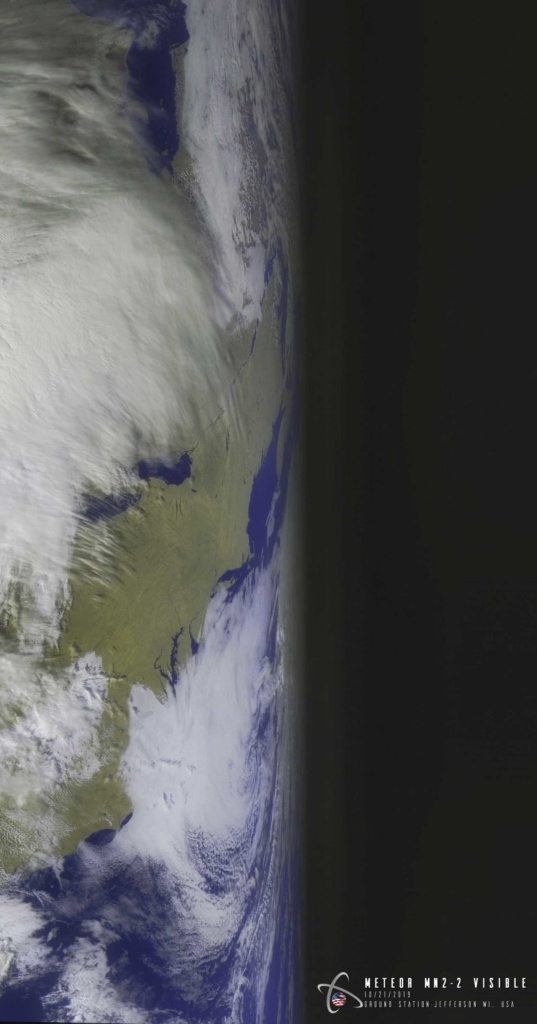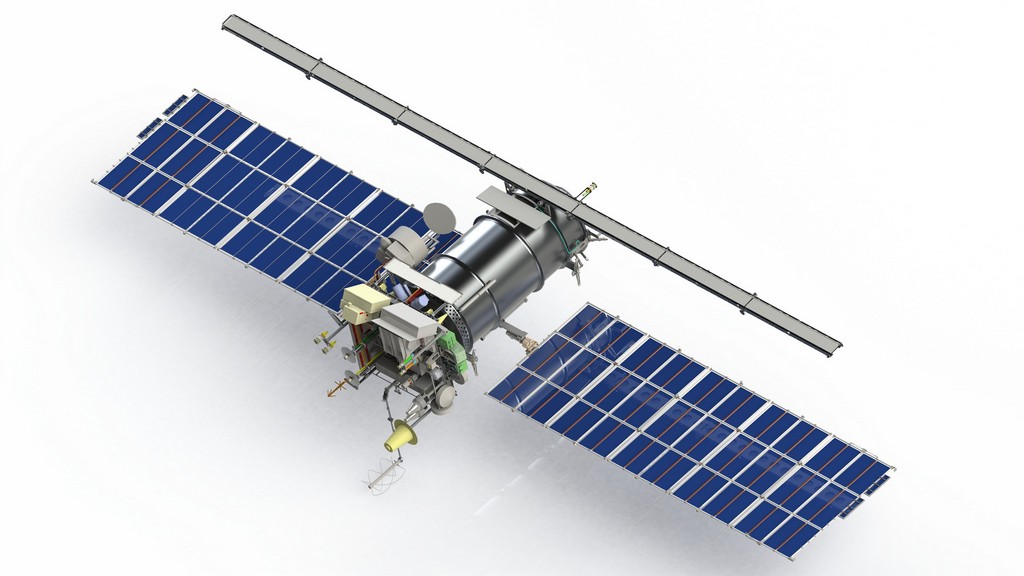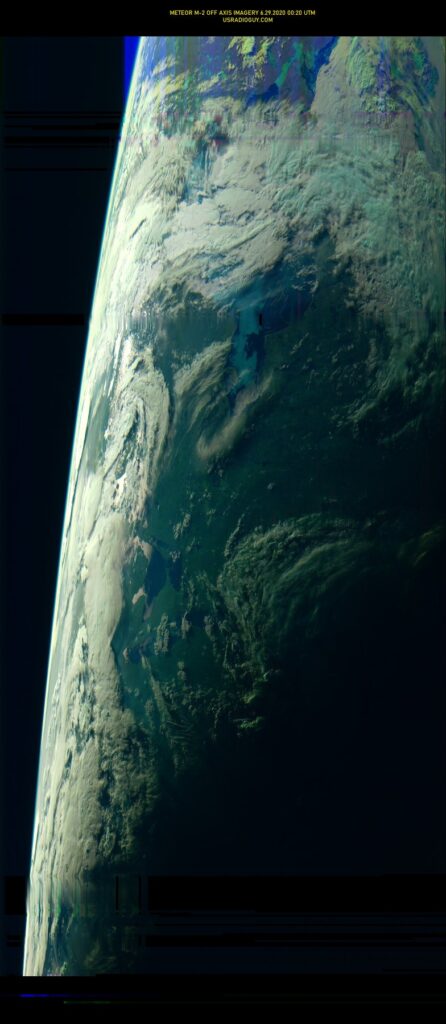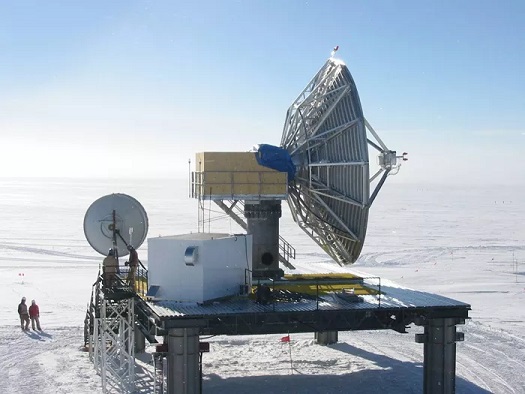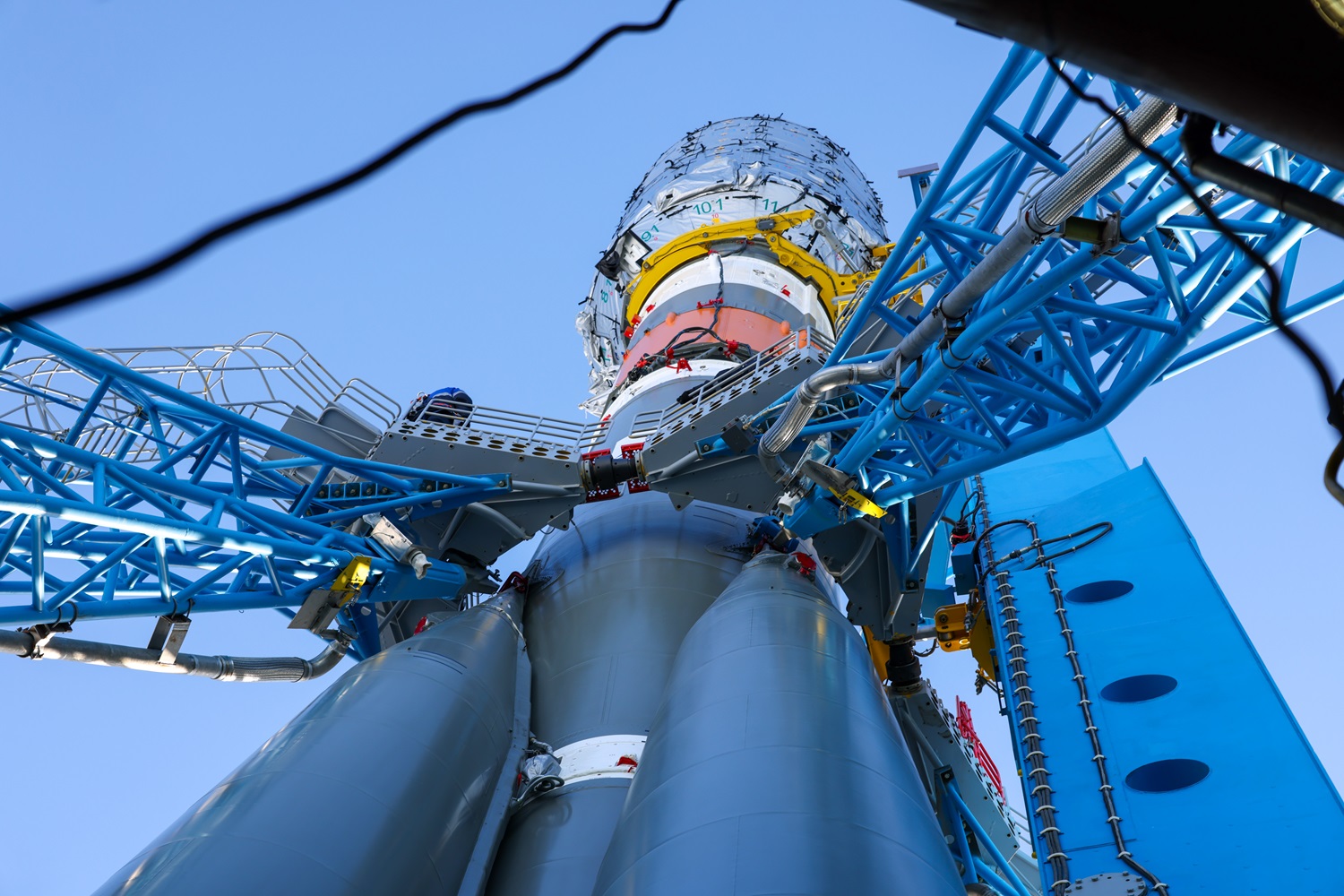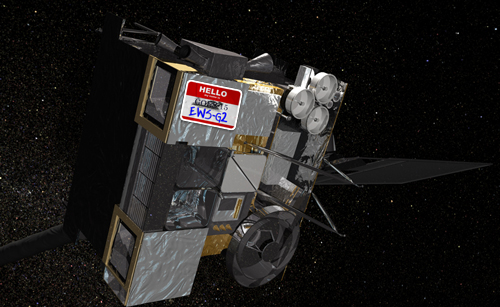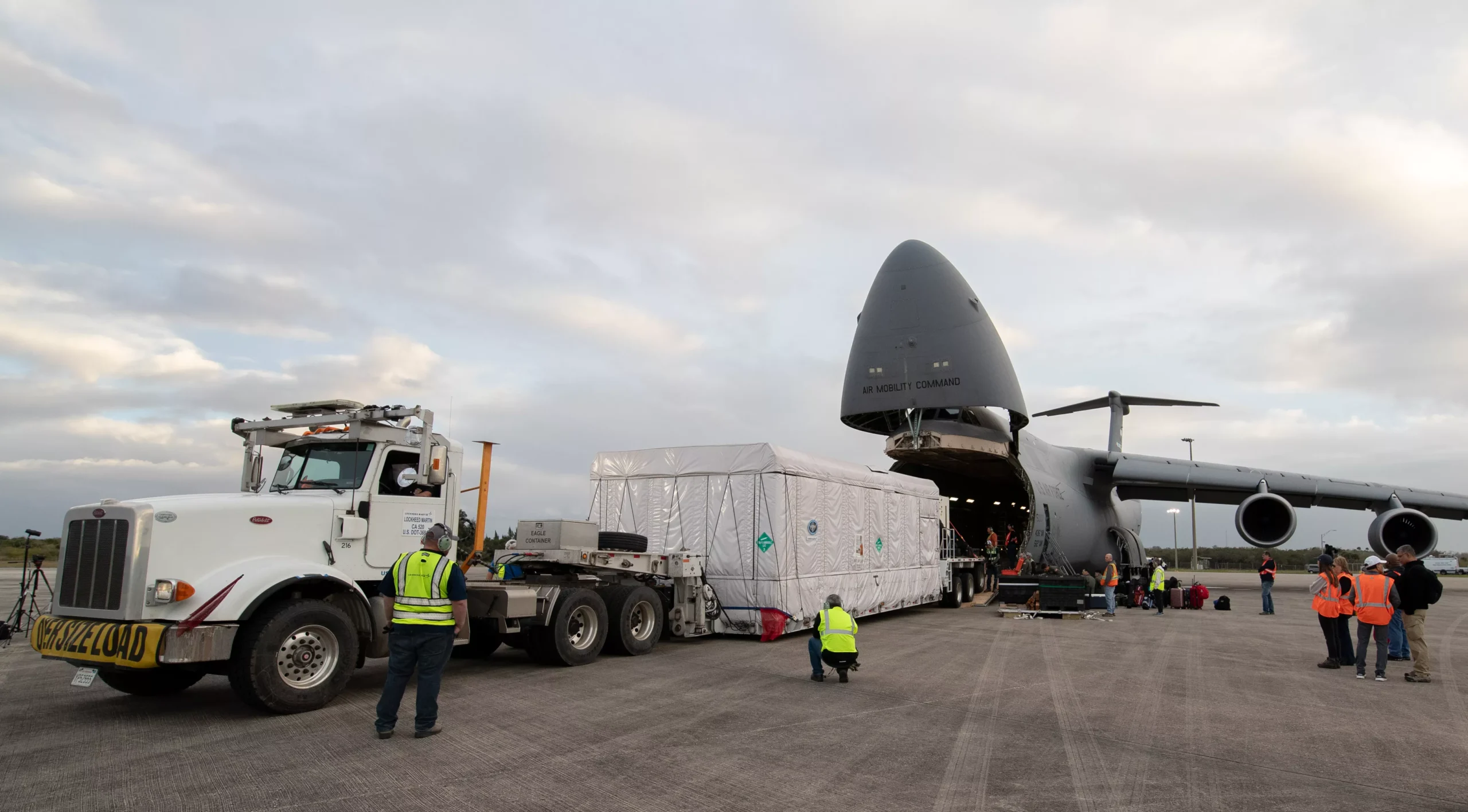![]()
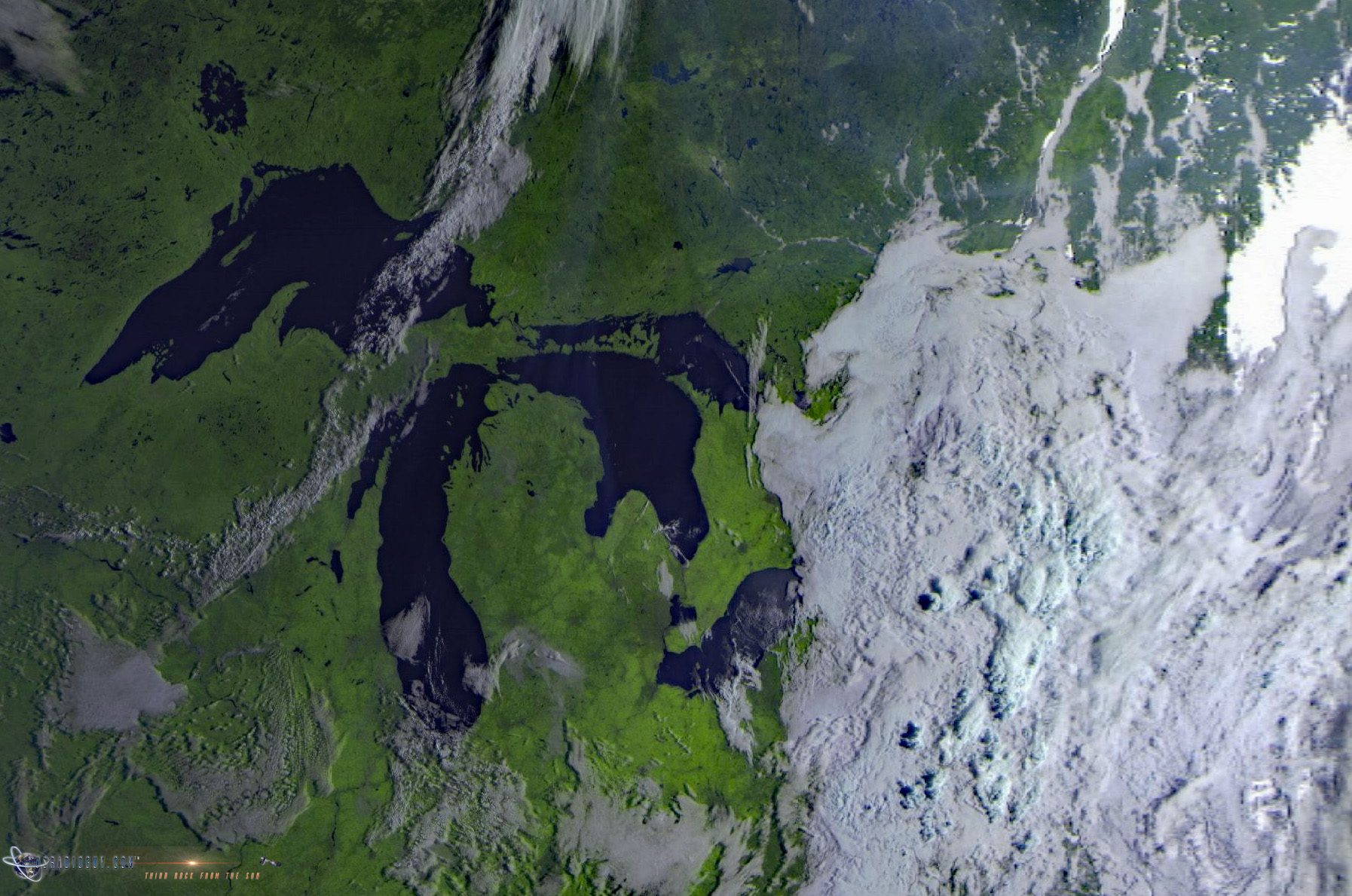
The Demise of Meteor M-2
It looks likely that Meteor M2 permanently failed on 24 December 2022. Meteor M2 has had difficulty in the past with orientation problems and has typically recovered with help from ground engineers. However, this time this does not look to be the case.
The last LRPT transmission occurred on 24 December 2022, repeated attempts to recover the spacecraft appear to have been unsuccessful. Additionally, those receiving in higher bands like the X band, have also reported the signal is degraded and not consistent, also reflecting an orientation problem. NORAD reports the spacecraft has not yet deviated from its orbit. Is Meteor M2 spacecraft dead? The short answer is no, on Jan 20th,2023 M2 was transmitting in IDLE mode on X-Band, with both transponders, but there marked signal shift, indicating possible continuing instability.
But as a Meteor engineer recently remarked on Twitter, “Let’s wait a little. Sometimes miracles happen…”
Meteor M2 was launched in July 2014, 16:58:28 UTC from Baikonur by a Soyuz-2-1b/Fregat rocket. Its mission was scheduled to last 5 years (later Roscosomos changed the EOL to 2030).
The trouble with other Meteor M series spacecraft
Russia has not had a stellar record for the Meteor M Series. The original Meteor-M satellite lost most of its capabilities in 2014, or three years before Meteor-M2-1 reached the launch pad, then Meteor M2-1 failed on launch in 2017 due to an upper-stage deployment issue. Apparently, the flight control system on the Fregat did not have the correct settings for the mission originating from the new launch site in Vostochny, as opposed to routine launches from Baikonur and Plesetsk.
In the middle of Summer 2019, a Russian ham radio operator Dmitry Pashkov reported that Meteor M2-2 had been tumbling in orbit, but the satellite was soon apparently able to stabilize itself. On December 18, 2019, LRPT receivers like myself, reported that the Meteor M2-2 had stopped transmitting data, while NORAD data indicated that the satellite’s orbit had experienced a rapid decay by a few kilometers on the same day around 01:05 UTC, as the spacecraft was overflying Southern Pacific near the Antarctic Coast. On the same day, Roskosmos announced that the anomaly registered aboard Meteor M2-2 on December 18, 2019, had been associated with an “external influence” on the satellite, implying that the satellite suffered a meteoroid or a space junk strike. To save on the energy budget for the spacecraft, LRPT transmission ceased, HRPT transmission continues.
Next Launch?
Meteor M No. 2-3 Is next up for launch, but when? We really don’t know.
By the middle of 2020, the launch of Meteor M2-3 shifted to the end of 2021, Meteor-M2-4 to early 2022 and Meteor-M2-5 to the first half of 2023. Then Roscosmos changed the launch of Meteor M2-3 to 2023, possibly in February 2023. But, Russia is not very transparent with the launch schedule of unmanned rockets. And they have an obligation first for manned flights. Interestingly enough in my search for information, I contacted a private space tourist company that offers ground tours for rocket launch viewing in Russia, they could not give me a date for the Fregat Launch of Meteor M2-3, just telling me, “it will launch when the rubles say it will”.
Rossiya Segodnya Press stated in an article in August 2022, “Spacecraft numbered 3 and 4 should be launched in 2023, the fifth – in 2024, and the sixth – in 2025. Next, launches of new-generation Meteor-MP spacecraft should begin.” (The new MP space craft will not have LRPT)
Russian officials promised to orbit as many as four Meteor-M satellites by 2015, but these plans have been delayed by years. Meteor-M No. 2-3 satellite, which was custom-designed to observe oceans with a high-resolution phased-array radar has been in storage since 2016.
UPDATE 03-03-2023
The latest update from the Vostochny Cosmodrome Launch Schedule for Meteor-M No.2-3 aboard the Soyuz 2.1a/Fregat-M has again been delayed to June 2023, with no launch date or time specified. If and when it launches it will be from Cosmodrome Site 1S at the Vostochny Cosmodrome, Siberia, Russian Federation.
